Ponza, the most important island of the Pontine Archipelago, and one of the most charming in the Tyrrhenian Sea, can be reached by boat from Formia, Terracina, San Felice Circeo and Anzio.
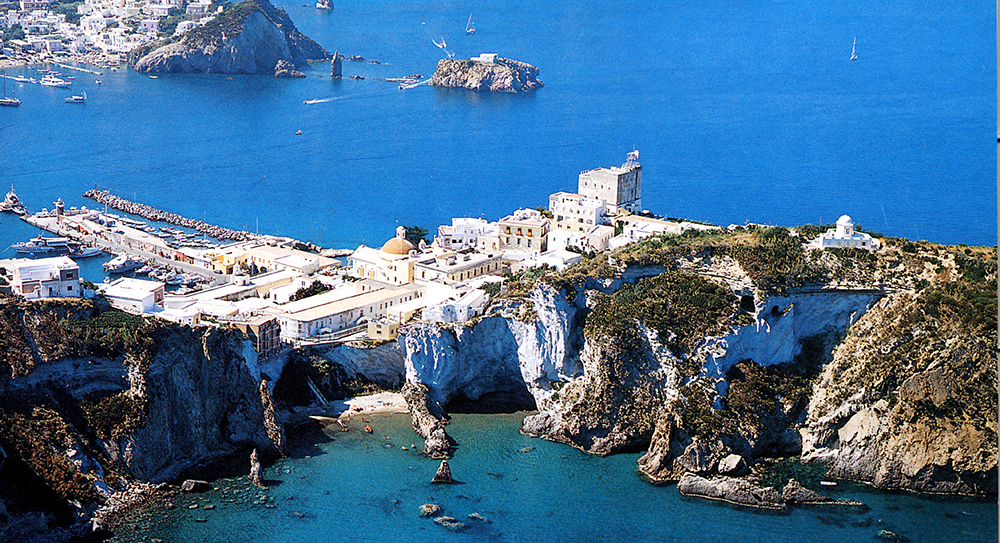
Ponza Island
The Bourbonic port, dominated by the multicoloured houses of the Bourbon style historic centre, welcomes us with a spectacular view. The semicircular port was built between 1772 and 1793 on the original Roman layout, in the shadow of the ancient fortified Bourbonic Tower.
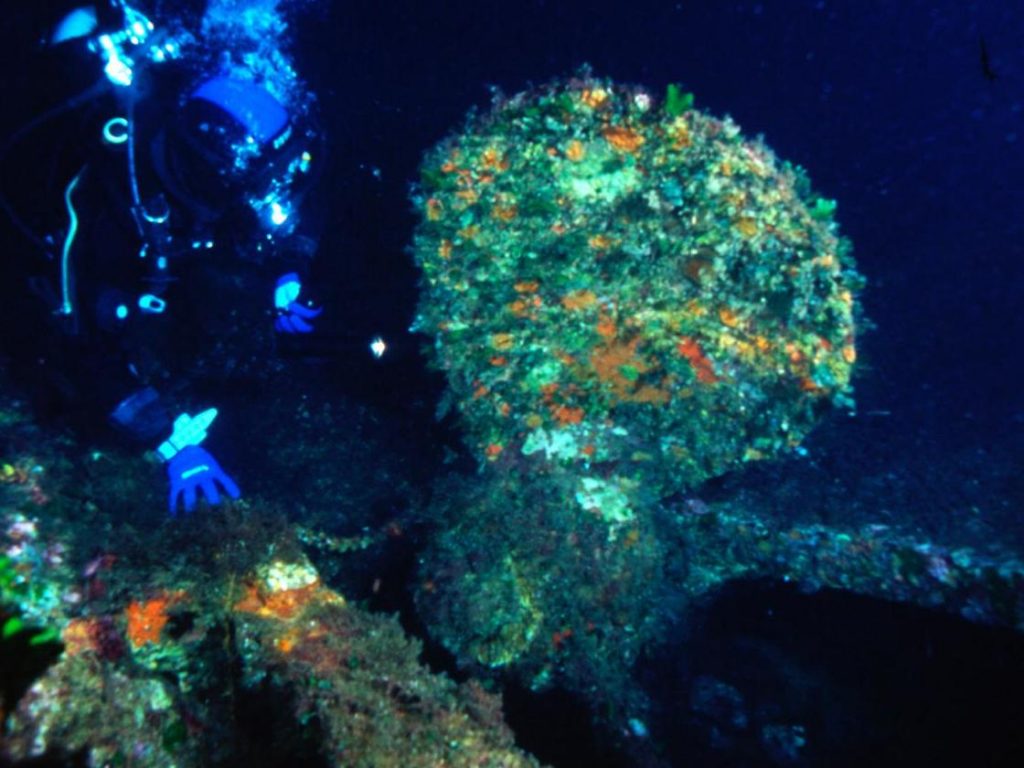
The seabed is a paradise for lovers of diving and underwater photography. Shaded walls enriched by gorgonian and red algae, meadows of Neptune Grass, and rocks and boulders covered with marine flora, are the sublime kingdom of the fish fauna. Circumnavigating the island, we come across unique chromatic intersections of cavities, caves, rocks, coves, and bays. It is impossible not to be fascinated by the sea caves, inlets, small beaches, and stacks overlooking the sea. Noteworthy are Cala Feola, Cala Felce, Cala del Core, Cala d’Inferno, Cala dell’Acqua, Cala Gaetano, Il Frontone and Punta Capo Bianco (where Federico Fellini shot some sequences of the “Satyricon”), Punta della Madonna, Punta Incenso, Bagno Vecchio, and the faraglioni of Lucia Rosa and Calzone Muto.
Roman testimonies are also to be found here, an ancient water supply system with large cisterns and four aqueducts, pedestrian connection tunnels still in use, and the Pilate’s Caves.

Pilate’s Caves
The Pilate’s Caves, located in the southern side of the harbour, under the cemetery of Ponza, form an underground and underwater archaeological complex, so called after a probably legendary episode concerning Ponzio Pilato. The caves, perfectly excavated and carved even under sea level, were used for breeding moray eels, sacred to the Romans.
The cisterns were (and still are) connected to each other through a system of tunnels, a staircase led to the sumptuous Villa of the Emperor Ottaviano Augusto, and the niches carved into the rock were decorated with statues of deities. In the centre of the main cave proudly stood a white marble statue depicting Apollo or Dionysus.
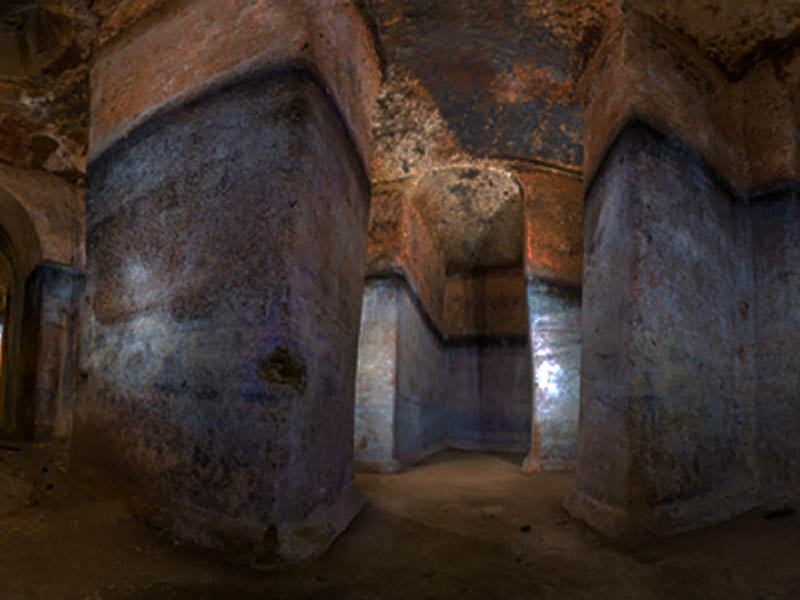
Dragonara Cistern
The Roman Cistern of Dragonara, an archaeological treasure in the historic centre of Ponza, is one of the three large cisterns, ingeniously built by the Romans to overcome the shortage of water. Subterranean corridors conveying water cross the naves, forming a chessboard of full and empty spaces. The complex is only accessible with guided tours.
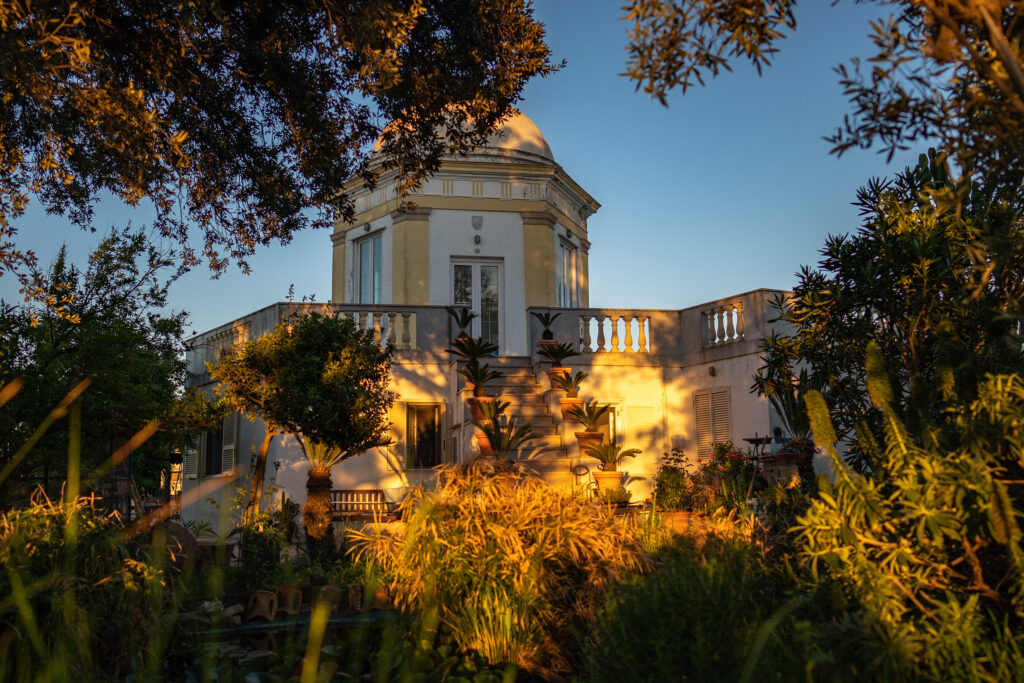
Giardino Botanico Ponziano – www.giardinobotanicoponza.it
The Giardino Botanico Ponziano has been surrounding a neoclassical building on Mount Guardia since 1980. It hosts more than seventy species of native plants along a circular route, as well as some rare kinds of orchids in danger of extinction.
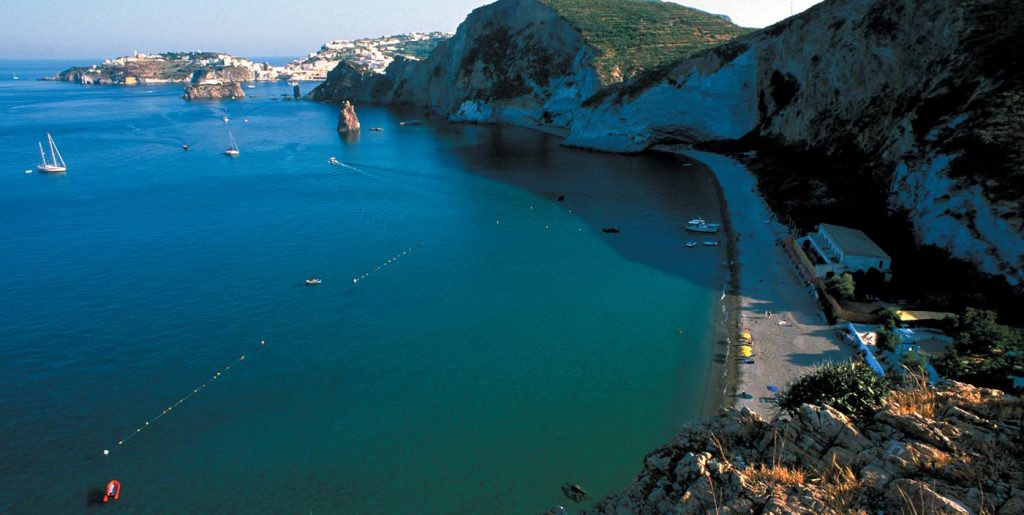
The archipelago of the Pontine Islands, immersed in a crystal-clear seawater, boasts breathtaking seabeds. It is made up of two groups of islands: Ponza, Palmarola, Zannone and Gavi to the north-west, and Ventotene with Santo Stefano to the south-east. Zannone and Palmarola, fascinatingly uninhabited, are reachable by boat.
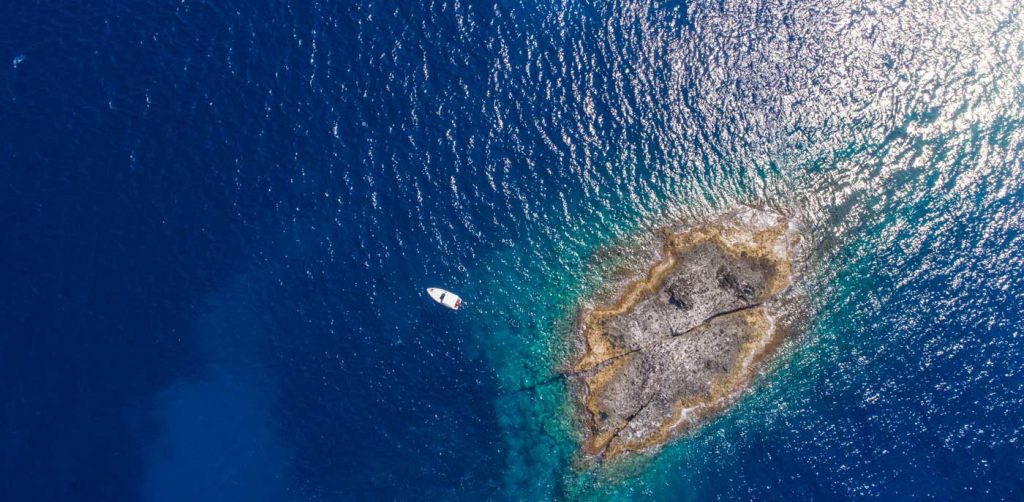
Zannone Island
Zannone, part of the Circeo National Park, has its landing point in Punta del Varo. It looks like a hill immersed in the typical Mediterranean vegetation, the perfect stopover for thousands of migratory birds. Here, you can visit the remains of the Benedictine Convent of Santo Spirito di Zannone. Circumnavigating the island headed southeast, we come across the natural beauties of Cala delle Grottelle, Scoglio del Monaco, Capo Negro, Punta del Mariuolo and Punta Lunghetiello.

Palmarola Island
Palmarola, whose only landing point is Cala di San Silverio, was defined by Folco Quilici as one of the most beautiful lands on the planet, emerging from the sea. From offshore, we can admire the steep landscape sinking into the transparent, uncontaminated sea, extremely rich in flora and fauna, the perfect destination for underwater photographers.
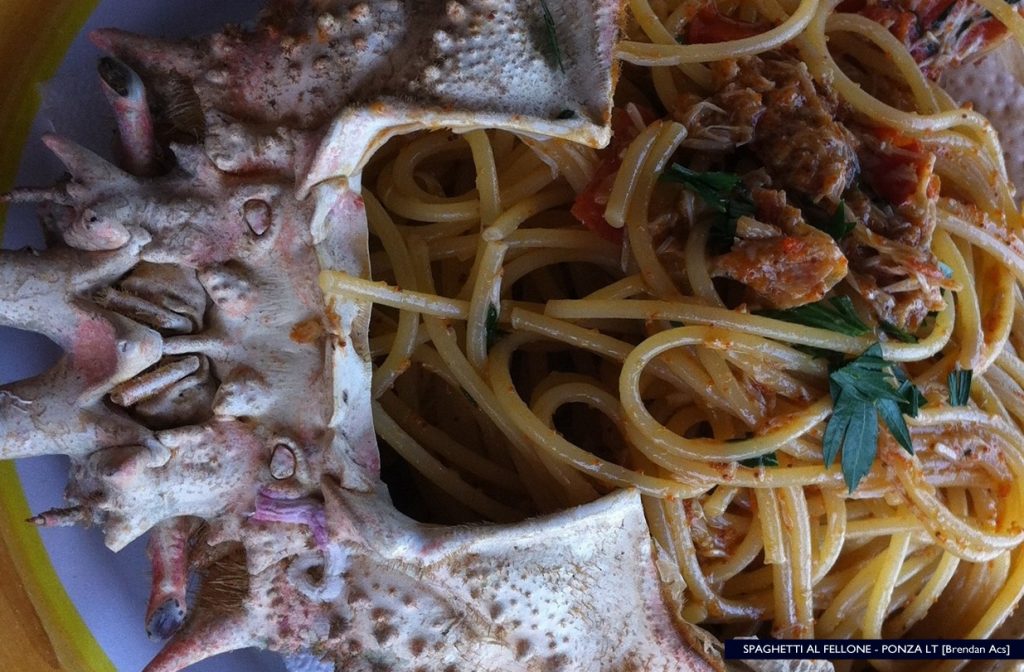
Spaghetti with the Fellone Crab
The Island of Ponza is among the twenty European Best Destinations 2024, not to be missed for their natural beauties, culture, and excellent food. The cuisine in Ponza, based on the day’s catch, includes spaghetti with clams, marinated anchovies, pasta with fellone crab, fish soup and the acqua pazza, a typical Neapolitan recipe and the only fishermen’s meal in the past. Among the wines, do not miss the Fieno and the Biancolella di Ponza, with its intense citrus scent, and do not forget the Feast of San Silverio, Patron Saint of the Island, on June 20!
